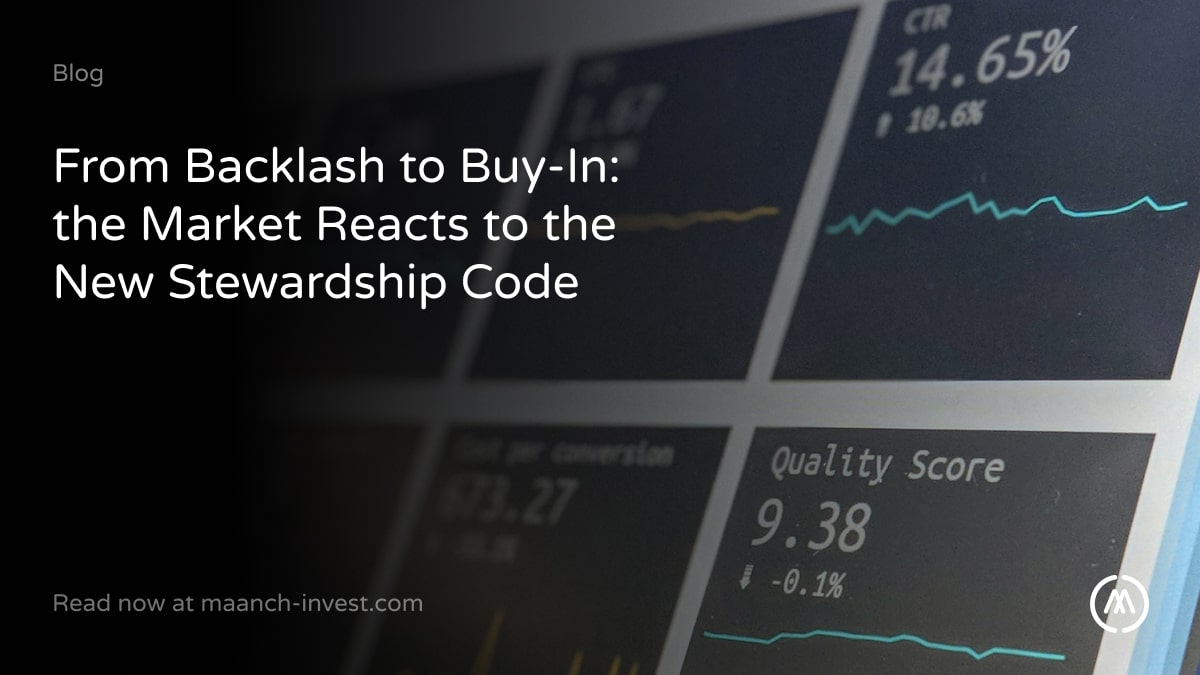Purpose as a tool for growth
To consider purpose as a prerequisite for sustainable business practice could be seen as a luxury at best, or as pretension at worst. However, when viewed through the lens of impact, the case is clear and undeniable. In his book The Culture Code, Daniel Coyle cites a number of real-life business scenarios and research studies that show not just incremental improvement when a business’s purpose is clear and understood, but exponential increases in growth, resilience and societal betterment.
One study he describes is an experiment by Adam Grant, Author and Organisational Psychologist at Wharton School of The University of Pennsylvania. Grant was asked by the University of Michigan to look into why its call centre staff responsible for alumni donations had such a terrible success rate (93% of all alumni students declined to donate). Grant wondered whether the call centre staff would feel more motivated if they knew the real-world uses of the money donated. He invited past recipients of scholarships to write letters to the staff, explaining the impact that the funding had had on their lives. The letters spoke not just of an individual’s academic ambitions being achieved, but of entire families elevating themselves out of hopeless situations into aspirational ones. The call centre staff’s productivity increased by nearly 150% as did the amount of money donated. It appears that understanding why they should carry out their task was key to the call centre staff’s success when doing so.
Darshita Gillies, Founder & CEO at Maanch says;
“When we live in such unfair and unjust times, where our birthplace dictates so much about the life we live, there can be nothing more motivating than knowing that your organisation is helping to build a fairer society, and not perpetuating inequality.“
Purpose as a tool for resilience
Of course, sustainable growth is only one part of a successful business strategy, but it is not the only arena in which purpose plays a key role. It is not difficult to imagine that the call centre workers at The University of Michigan gleaned considerably more job satisfaction when they understood the importance of their role. Perhaps they stayed in the job for longer, perhaps they helped each other more knowing that they all shared the same goal. Likely many of the wider metrics of the department improved as a result of Adam Grant’s interventions. The surprise perhaps is that even when the worst happens in business, and crisis hits, a company’s purpose should not be the first thing to jettison. Rather, it should be the first place to turn for guidance.
The crisis that hit Johnson & Johnson in 1982, and how they handled it, is a brilliant case in point. In previous years, much debate was had over whether Johnson & Johnson’s long and detailed ‘credo’ (company purpose by another name) was still relevant to the huge and disparate company it had become. The original credo penned by Robert Wood Johnson in 1943 was still in place however when, in 1982, the worst happened. Seven Americans died as a result of taking Johnson & Johnson’s Tylenol tablets that had been laced with cyanide in what might be called an ‘attack’ in today’s language. It appeared that the pills had been tampered with after distribution to pharmacies, so while Johnson & Johnson were not directly responsible for the deaths, they had a critical role in ensuring no further lives were lost and that nothing of this nature could be repeated. At the time Johnson & Johnson had absolutely no process for recalling pills, no public affairs team, no media relations strategy. The entire response had to be planned from scratch, and despite the shock and horror felt by the employees, the company navigated the crisis with unprecedented success. In a matter of days and weeks, Johnson & Johnson essentially transformed itself from a pharmaceutical company to a public safety organisation. A nationwide recall of pills commenced, tamper-proof packaging was designed and implemented, with new legislation around safety being introduced soon after. All of this required collaboration, cohesion, and a constant stream of decisions to be made concurrently by different teams and partners.
When speaking about the experience afterwards, President of J&J Richard Burke said that the only explanation for this ‘splendid consistency’ was that ‘the hearts and minds of the people who were J&J and who were making the decisions in a whole series of disparate companies all knew what to do’. They all had the same reasoning, taken directly from the first paragraph of the company credo: We believe our first responsibility is to doctors, nurses, and patients; to mothers and fathers and all those who use our products and services.
Needless to say, the crisis did not spell decline for Johnson & Johnson, and despite all expectations, Tylenol slowly but surely regained its trusted status amongst Americans. All because of how and why Johnson & Johnson responded to this awful event.
“The world does not stand still, we see changes big and small everyday. Having a positive, long term purpose means that the direction of travel is always clear, the goal is constant’” Adds Sianne Haldane, Chief Impact Officer at Maanch.
Fostering a purposeful culture
Establishing a purpose, impact led or otherwise, is a discrete task. One that encompasses vision and ambition, and can bring great pride. Ensuring that your team understands, remembers, and fosters the purpose in all they do at work is a different type of challenge. It has been shown that the most successful groups are those that most regularly and consistently refer to their purpose – be it through little catchphrases, visual prompts, or repeated storytelling (you can read many examples in Coyles’ book). So while the presence of big inspirational words plastered on office walls may seem trite (and this is just one mechanism), when team members really believe in their meaning, and the purpose they relate to, they can instead be seen as beacons, or nudges to remind a team what they are striving for.
Our Chief Strategy Officer David Stead cites “When a business understands where it is now, and where it wants to go, the actions required to get from here to there feel much more manageable. Every step in the process has its own value and momentum.”
At Maanch, our purpose is to enable positive impact, and reduce negative impact, whether you are a startup, SME or multinational organisation… Our Impact Strategy Program is for forward-thinking organisations across sectors and industries, equipping them with all they need to embed ESG and sustainability into the heart of their business themselves.
To read more about the program and enrol for the upcoming cohort click here.
Read more about our total impact approach to purpose performance here.




